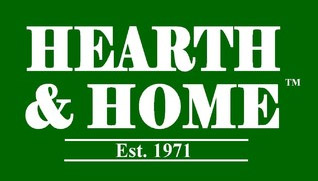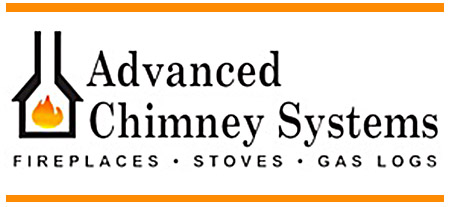Adequate floor protection, or an approved hearth pad, is critical to a safe wood burning stove installation. You must protect a combustible floor with a non-combustible material. This floor protection must extend beyond the front, back, and both sides of the stove. Hearths pads (floor protection) are designed for ember protection or thermal protection. Ember protection will protect a combustible floor from sparks and embers that may pop out of the stove. Thermal protection will protect the combustible floor from getting too hot from the heat off the stove.
It’s important to know what requirement your stove needs. Ember protection is a non-combustible material at least .018” thick. This translates to 26-gauge (or 45mm) sheet metal. An R-value will be listed for those stoves requiring thermal protection for a combustible floor. There can be a few ways to achieve a specific R-value. And, there are different materials that can be used. This discussion should be continued with your dealer.
Floor protection or hearth requirements are a minimum of 16” in front of the stove (18” in Canada) and a minimum of 6” (8” in Canada) for the other three sides.
Do not get these floor requirements confused with clearance requirements to other combustibles, such as an adjacent wall. Each stove will have specific clearances that must be maintained to walls behind or adjacent to the stove. These clearance requirements are published in product literature and the owner’s manual.
One thing to always keep in mind: MORE IS ALWAYS BETTER when it comes to clearance requirements. It doesn’t matter if we’re talking about floor protection or clearances to other combustibles. If the front hearth requirement is 16” or 18”, go 20” – 24”. If the rear clearance from the stove to a combustible wall is 8”, keep it 10”-12” away from the wall. Sleep well knowing more is better.








